Top tips for Small Business Owners to Build a Marketing Funnel
Building Your Marketing Funnel
In the world of business, it’s important to identify your target audience and then discover how to find them, what draws them in? It requires a thoughtful and strategic approach to build a strong marketing funnel.
Marketing funnels simplify the customer journey, showing how your marketing efforts attract, engage, and convert leads with things like content, ads, and landing pages etc. Most marketing funnels have three stages: Awareness, Consideration and decision.
Here are our top tips to help you build a marketing funnel:
Define Your Audience
Fist things fist, make sure you have a good understanding of your target audience. Who are they? What are their desires and pain points? Take time to define your ideal customer. Research their preferences and behaviours to create a connection that goes beyond a transactional relationship.
Questions to ask:
Who are my ideal customers?
What are their demographics, interests, and preferences?
Where to look:
Analyse existing customer data.
Conduct surveys or interviews.
Use analytics tools to understand website and social media demographics.
Attracting Attention
At the very top of your marketing funnel is the awareness stage - this is the point where your customers are learning about your services or products. The goal here is to attract potential customers using marketing material that promotes your brand. Utilise social media, content marketing, and engaging visuals to create a magnetic pull. What makes your business stand out? Highlight those unique aspects to capture the curiosity of your audience.
For the awareness stage, try creating these types of educational content:
Blog posts on your website that cover the ‘what, ‘why’, and ‘how’
Educational videos on Instagram reels or YouTube
A variety of social media posts showcasing your products and services
Nurture Your Leads
Once a customer engages with your social media content or downloads free resources on your website for example, this means they have entered the middle of your marketing funnel and they are considering your product or service. Once you attract potential customers, provide them with valuable content and experiences. Educate them further about your products or services and address their concerns. This is the phase where trust and loyalty blossom, turning a casual interest into a trusting connection.
For the consideration stage, focus on:
Promotional emails with downloadable freebies or discount codes
Regular Newsletters to keep them informed.
Live streams on social media
Podcasts
The Decision
The bottom of your marketing funnel is the decision stage - the goal is here to continue to build on that customer relationship to get them to convert into a paying customer.
For the final decision stage you can use things like:
Product demos or free service trials
Share case studies or testimonials
Product landing pages through targeted adverts
Building a marketing funnel is a journey of discovery. Understanding your audience, attracting attention, and nurturing connections are vital steps. As your business relationship deepens, so will your success. Remember, it's not just about transactions; it's about building lasting connections with your customers.
Not sure how to put together your marketing funnel?
Download our marketing funnel worksheet here to help you build your own.

